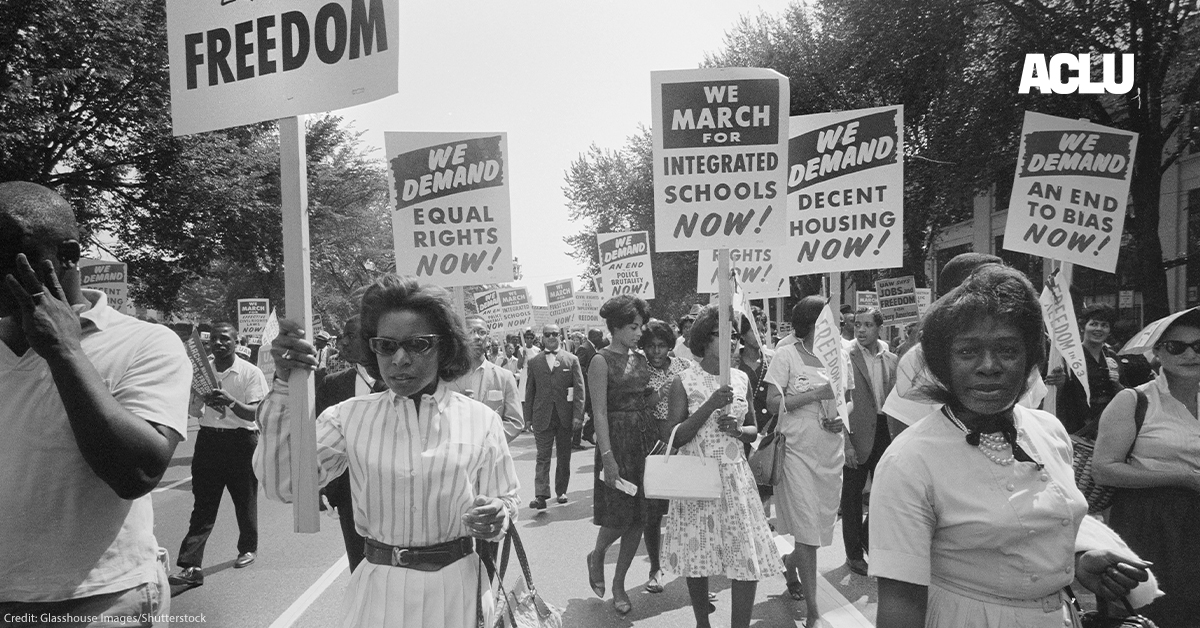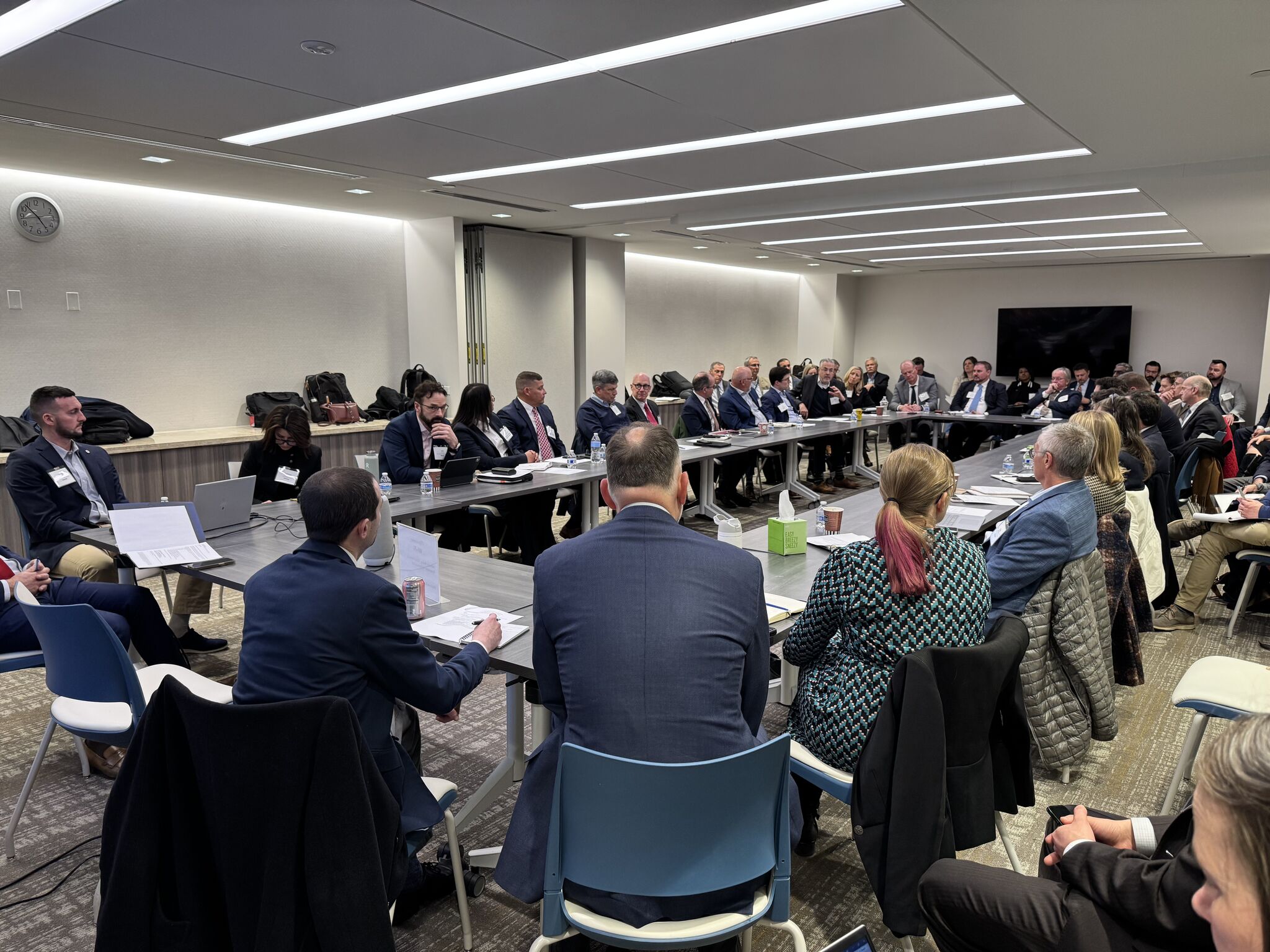How Hiring Women Can Help America’s Infrastructure

vm / iStock.com
Commitment to Our Readers
GOBankingRates’ editorial team is committed to bringing you unbiased reviews and information. We use data-driven methodologies to evaluate financial products and services – our reviews and ratings are not influenced by advertisers. You can read more about our editorial guidelines and our products and services review methodology.

20 Years
Helping You Live Richer


Trusted by
Millions of Readers
In 2021, the bipartisan Infrastructure Investment and Jobs Act was passed, which earmarked $550 billion for transportation, clean water, energy and communications projects. Nearly 37,000 projects have already been funded, and the law is expected to create millions of jobs.
Filling those construction jobs will require workers, and right now that’s a challenge. But there’s one untapped sector the labor market can use to get those projects off the ground sector-women.
Women in Construction
Women are traditionally underrepresented in construction jobs, but companies are trying to change that. The federal government is working with the private sector to develop strategies to help women enter and remain in these well-paying jobs. Some of the initiatives include support for childcare and addressing gender-based harassment and violence in the workplace.
According to the National Partnership for Women & Families, women comprise just 10% of workers in the construction industry and less than a third of those workers in manufacturing and wholesale trade jobs.
Infrastructure Jobs for Women
Women are estimated to account for 25% of jobs created by the Infrastructure Investment and Jobs Act. Minority women will fare even worse, with Latinas expected to account for less than 5%; Black women for less than 4%; Asian American and Pacific Islander women for less than 2%; multiracial women for less than 1%; and Native women just 0.1% of new jobs.
This means that, of the 800,000 new jobs expected to be created annually, women will account for about 220,000 workers hired. However, if they were hired at the same rate they are across the overall economy, this would account for an additional 145,000 jobs.
Employers can create pathways for women to enter construction, manufacturing and other industries where they are currently underrepresented, and the unions that represent these workers can help expand access. This will help ensure there are enough qualified workers to produce the projects that the Infrastructure Investment and Jobs Act will fund.
More From GOBankingRates
Related
How SenseiNode Is Building Proof-of-Stake Infrastructure in Latin America
A lot of attention is paid to the decentralization of the Bitcoin network.Bitcoin miners should set up shop in a number of different jurisdictions in order to p
The Infrastructure of Racial Justice Is Under Attack. We Must…
President Donald Trump began February with a proclamation that Black History Month offered “an occasion to celebrate the contributions of so many Black Am
Bomb threat found “non-credible”: American Airlines after Delhi-bound flight diverted…
American Airlines has said that the "bomb threat on board", due to whi
Big infrastructure investment plans take shape in America
Amtrak and dozens of major industry partners representing construction, manufacturing, rail supply, engineering, and other sectors convened for an industr













